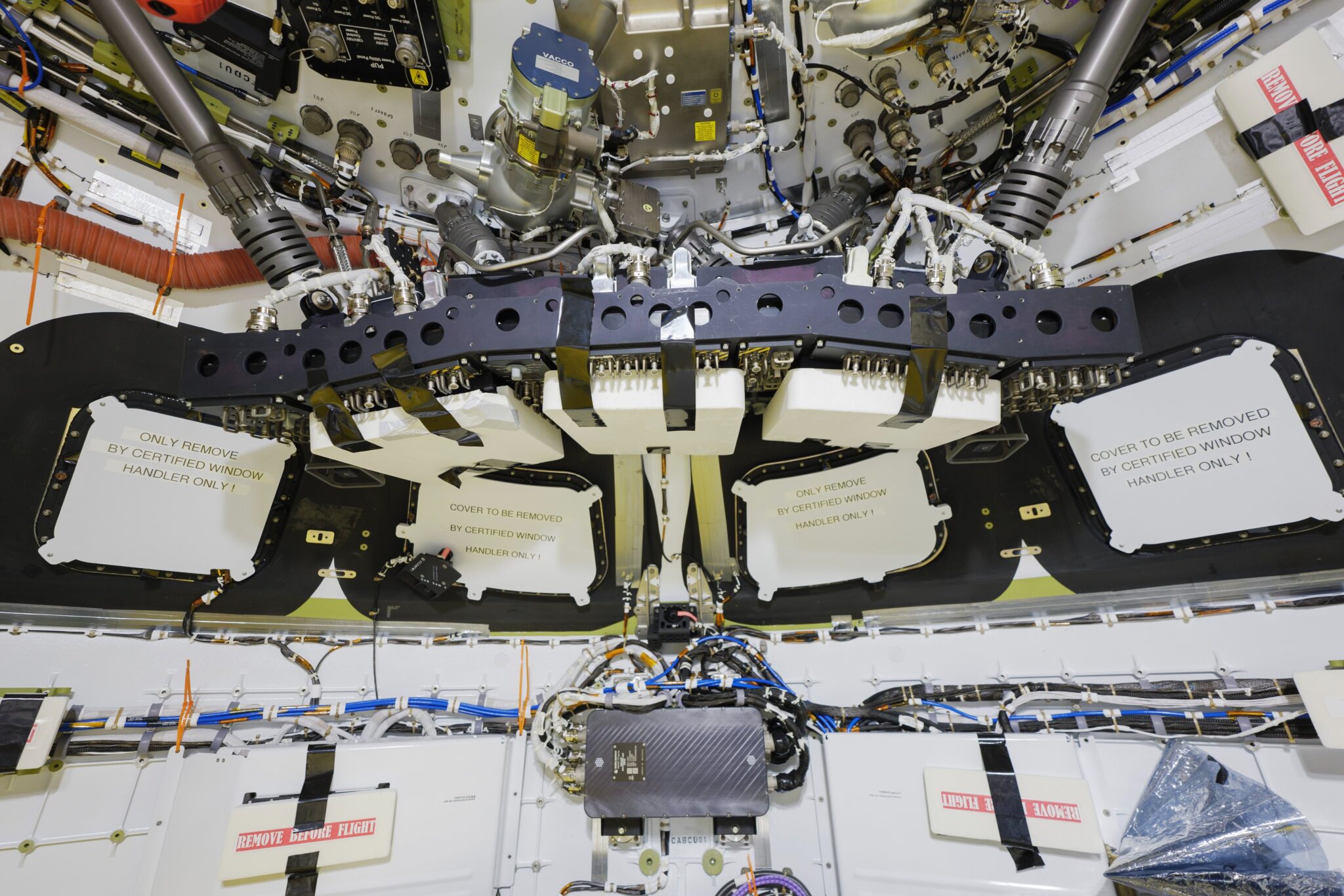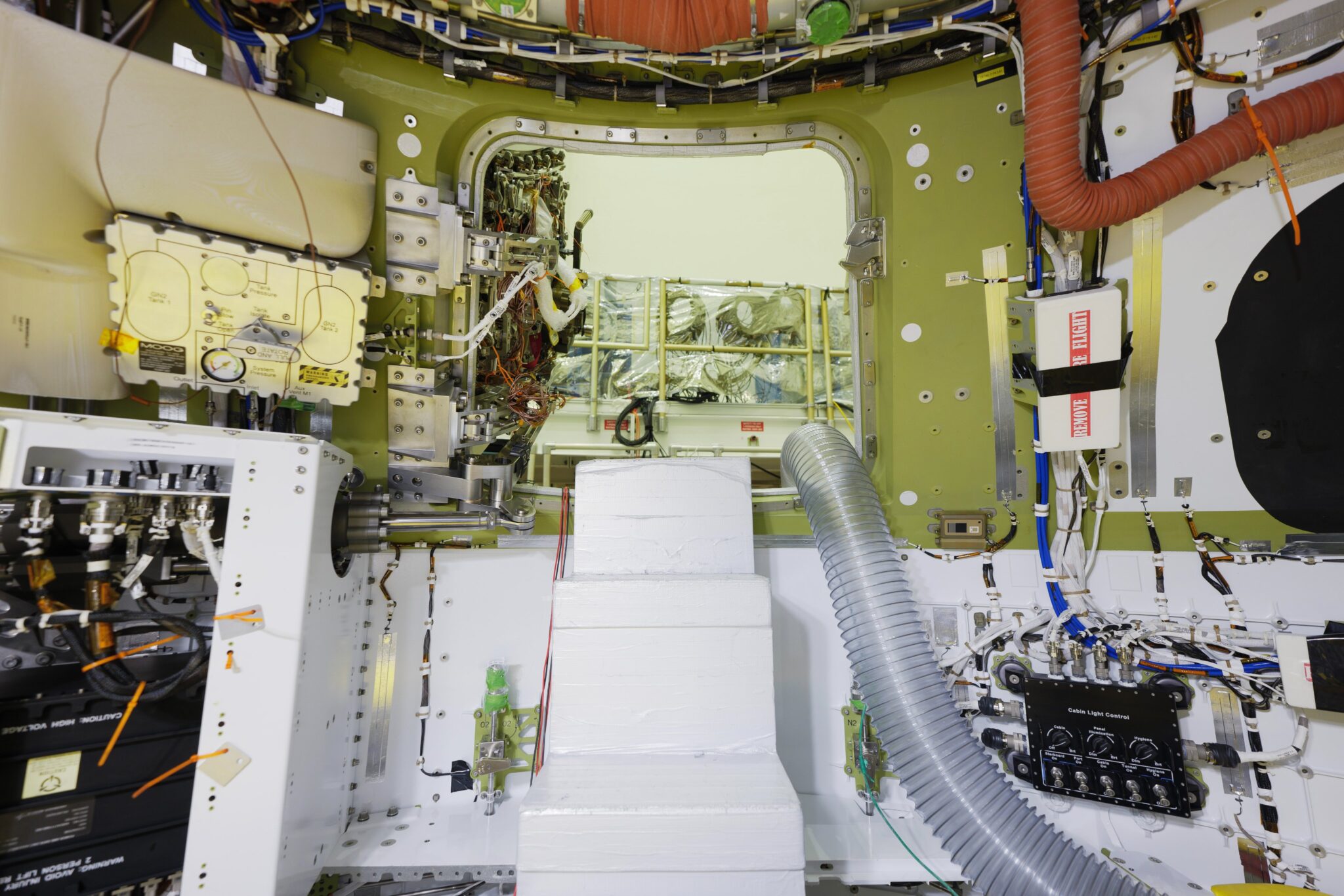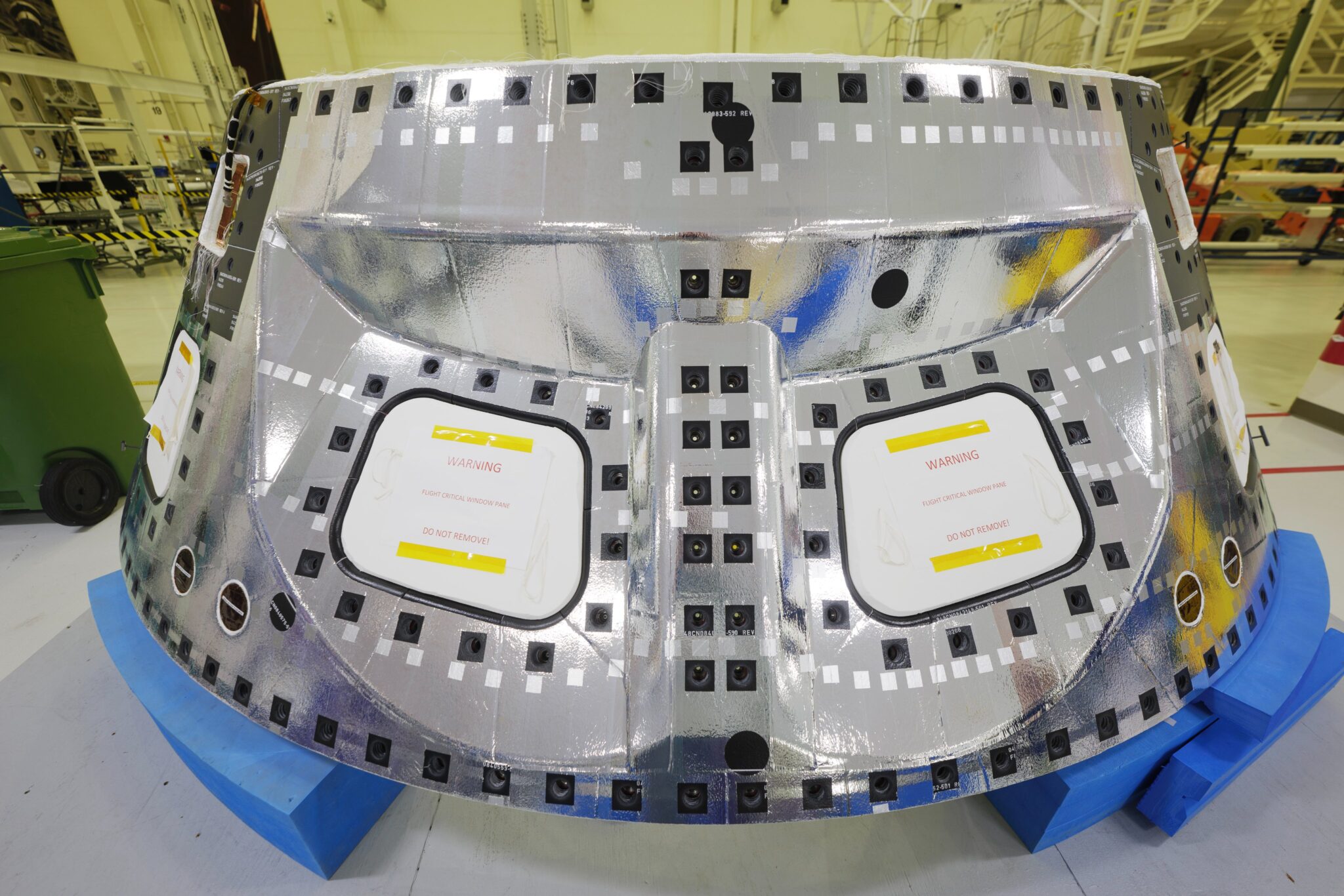New photos of the Orion spacecraft, designed for the Artemis II mission to take people into low-Earth orbit of the Moon, were recently released by NASA. The manned flight will be marked by the return of a spacecraft with a crew as part of an expedition to an Earth’s moon for the first time in half a century.

Despite the postponement of Artemis II for almost a year, active work is now being completed on the interior design of the Orion crew cabin at NASA’s Kennedy Space Center in Florida. Engineers install protective panels on the body and install insulation. Everything is in order to conduct the first tests in a vacuum, which will take place this spring.
The Artemis II mission is scheduled for September 2025. It will be crewed by four astronauts. This will be the first to test the Orion spacecraft for maneuvers in the orbit of the Moon. The team includes commander Reid Wiseman, pilot Victor Glover (the first African-American astronaut outside low Earth orbit), specialist Christina Koch, and representative of the Canadian Space Agency Jeremy Hansen (the first non-American to reach the vicinity of the Moon).

The previous Artemis I mission launched the spacecraft into lunar orbit in automatic mode in 2022. A third spacecraft is currently being prepared, as Artemis III has been postponed until 2026 due to technical problems.
The Artemis program aims to land people on the moon and build a settlement at its South Pole to use water resources. More than 30 countries, including Canada, have joined the space agreement, promoting peaceful space exploration and providing equipment for lunar missions.

Earlier, we reported on how long it took to fly to the Moon on a spacecraft.
According to Space
Follow us on Twitter to get the most interesting space news in time
https://twitter.comne/ust_magazine


